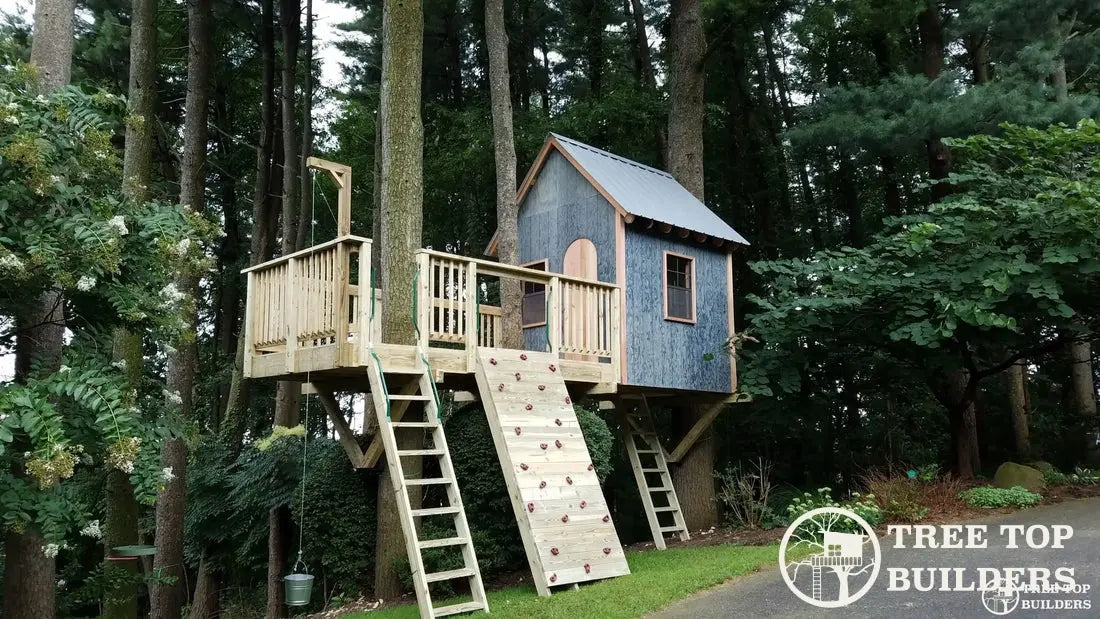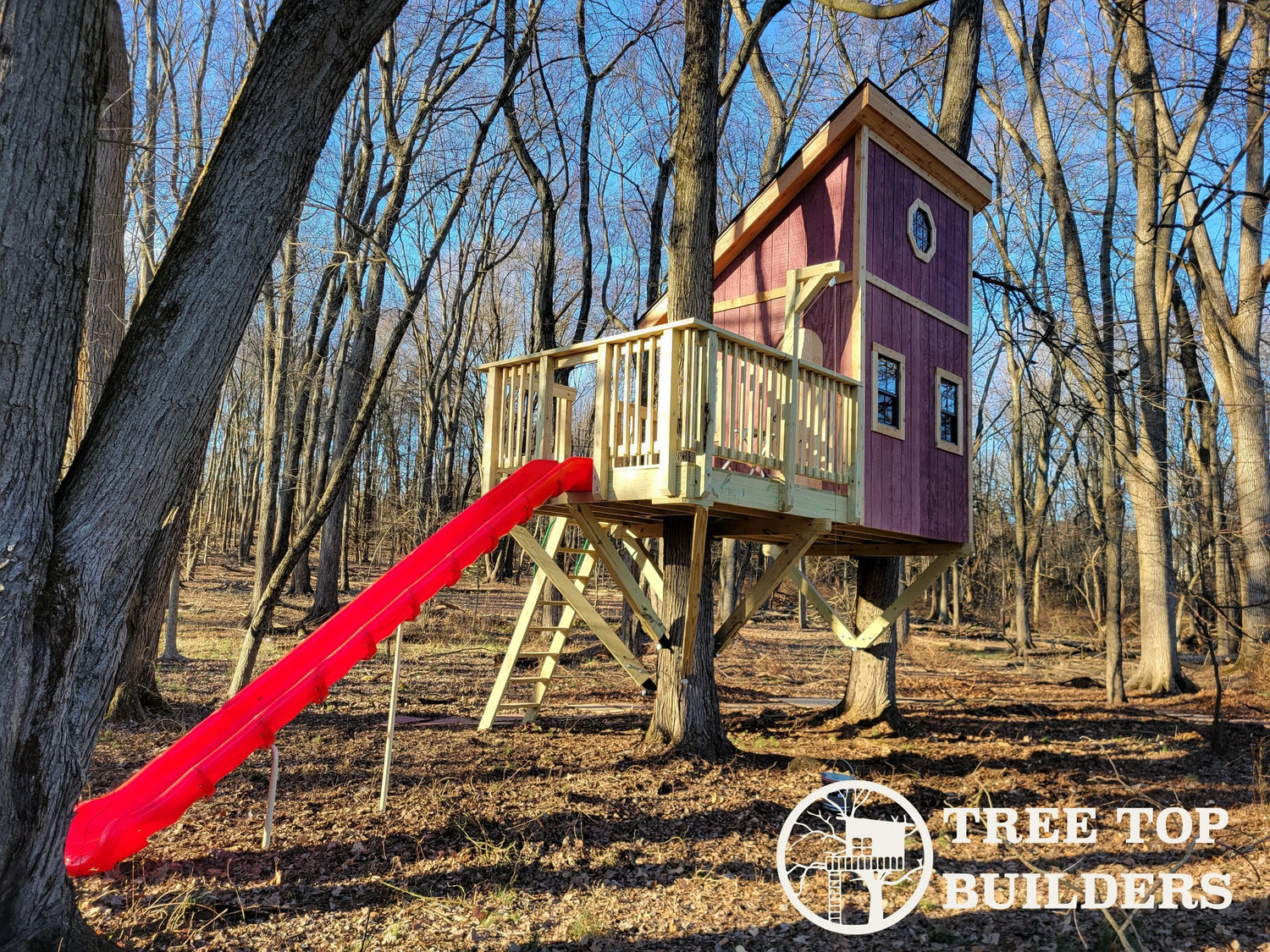
The Weight-Bearing Capacity of a Tree House
Tree houses are a wonderful way to bring the joy of a backyard adventure up into the sky! But before you build one, you may wonder- how much weight can a tree house hold?
The weight-bearing capacity of a tree house depends on several factors—the type and age of the tree, the type of construction, the size of the house, and the number of occupants.
The type of tree is important because different tree species have different weights and growth patterns. For example, a sturdy oak tree can bear much more weight than a younger, more delicate maple tree.
The type of construction also matters. Platform tree houses are the most common type and are the most structurally sound. They are built on several large branches, and the branches provide support. If you plan to develop a more complex tree house, such as one with multiple levels or rooms, you should consider a scaffolding-style construction. This type of construction requires more planning and materials, but it’s also much sturdier.
The size of the house is also a factor. A larger tree house will have more weight but can support more people if built properly. The size of the tree is also important. If the tree is too small, the house could become unstable.
Finally, the number of occupants is important. Too many people in a small tree house can cause it to become unstable and even collapse.
To ensure the safety of your tree house, it’s important to consider all of these factors. Before you start building, consult a professional or an engineer to determine the weight-bearing capacity of your tree. With proper calculations and construction, you can create a tree house that can withstand the weight of its many visitors.



